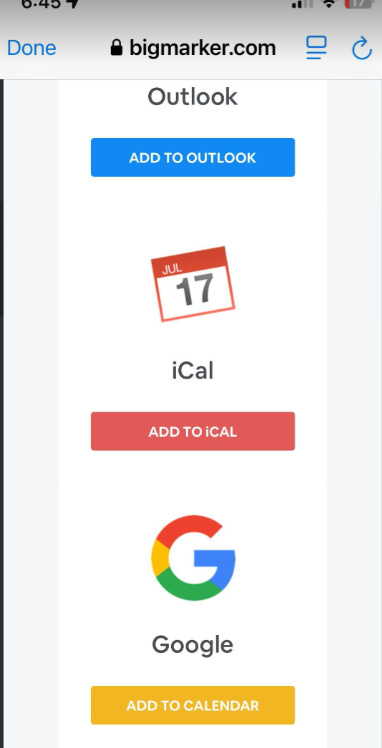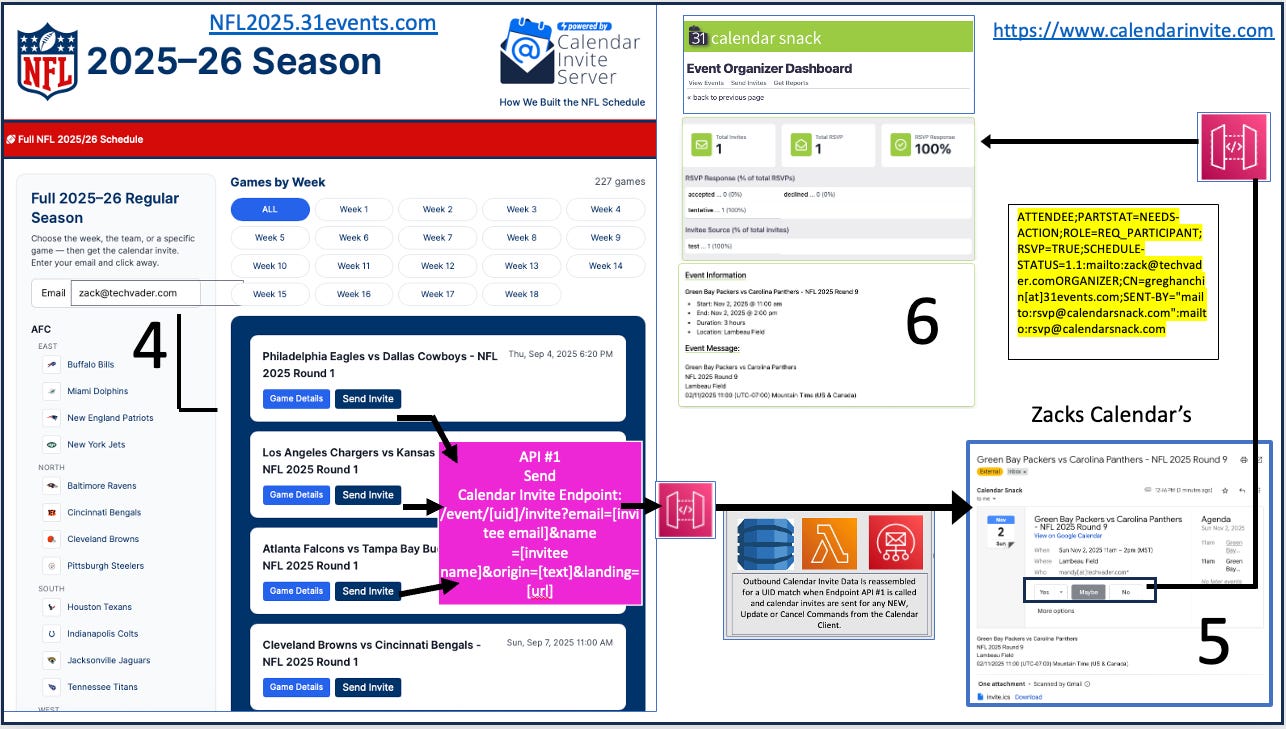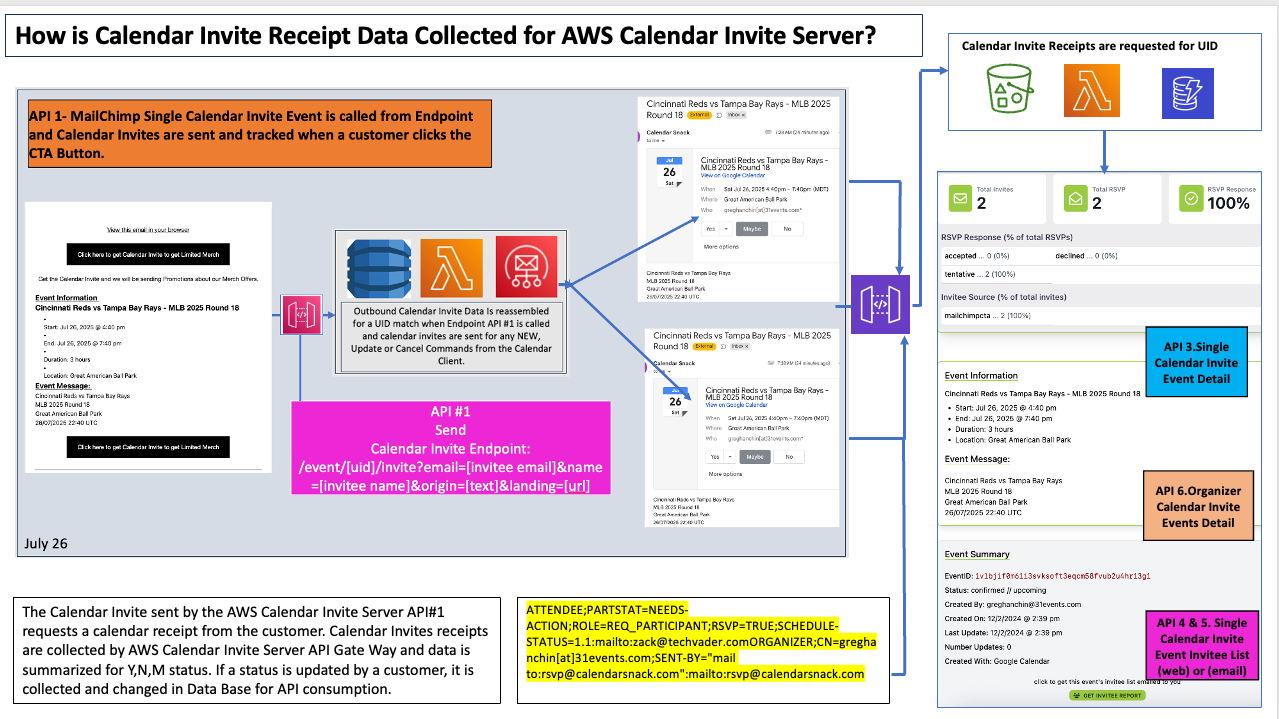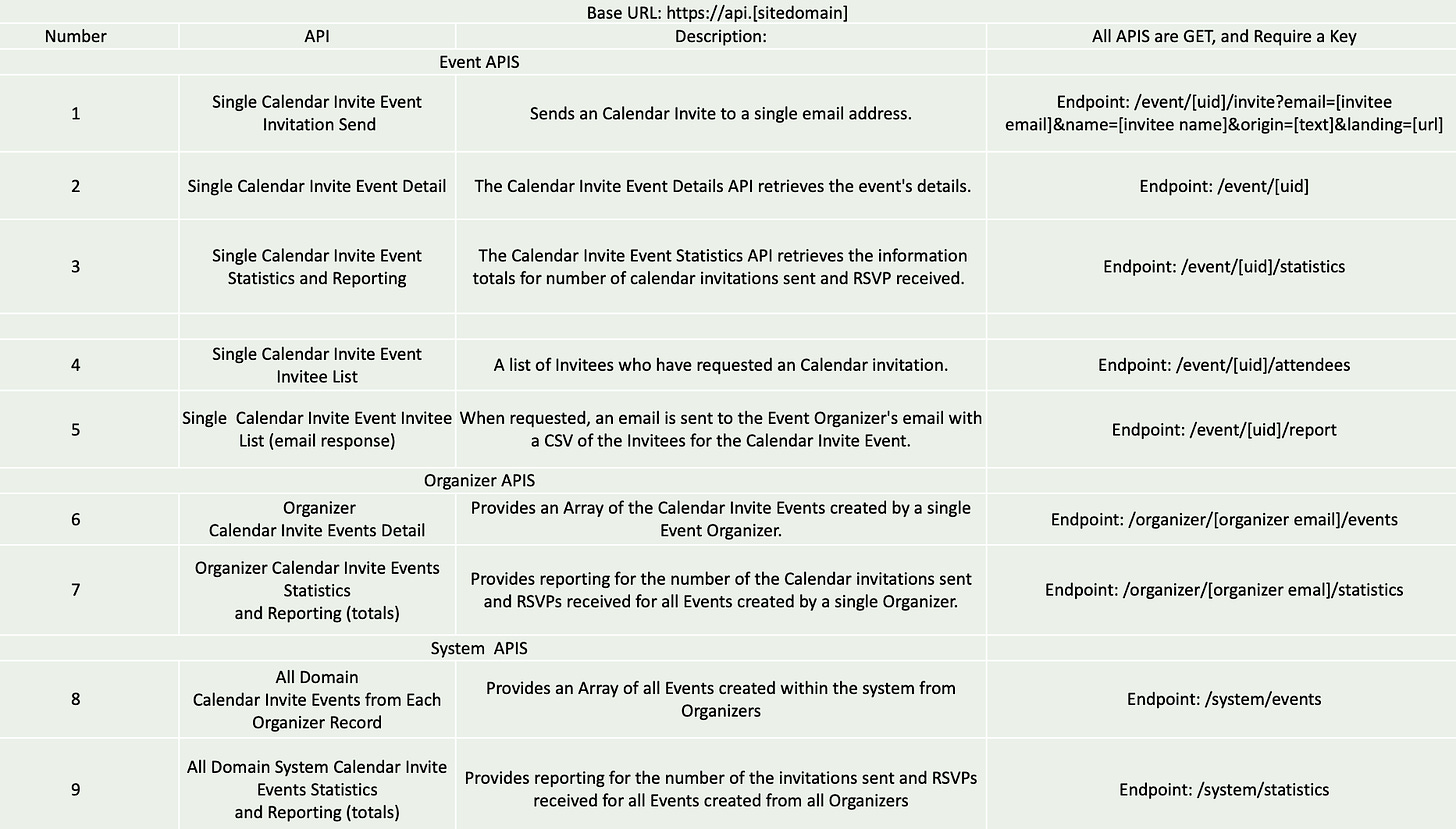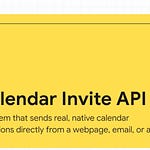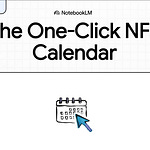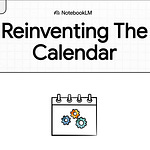Briefing Document: The Calendar-First Approach to Event Management
Date: September 26, 2025
Subject: Review of the ADD to Calendar Sucks
I. Executive Summary
This document details a critical review of traditional event communication methods, specifically the "add to calendar button," and introduces a transformative "Calendar-First" approach powered by the Calendar Invite Server (CIS). The core argument is that the "add to calendar button" is a "villain" due to its inherent failures in tracking, updating, and data collection, leading to inefficiency and poor customer experience. The "hero" is the real calendar invite, facilitated by a Modern End Point Calendar Invite API, which enables comprehensive tracking, dynamic updates, and robust data analytics throughout the event lifecycle – from "Anticipation" to "Experience" to "Memory." The CIS model aims to streamline event communication, improve engagement, and provide actionable insights for organizers.
II. The "Add to Calendar Button": A Failure (The Villain)
The document unequivocally labels the "add to calendar button" as a "failure" and "the villain in the story."
Billions of emails are sent daily, with marketers "hoping" the Add to Calendar button they spent 30 minutes crafting works, but it consistently falls short.
A. Reasons for Failure (Customer Perspective):
Complexity and Errors: "Four Add to Calendar Vendors" create confusion, leading to "mistakes when downloading to the desktop, or phone as an ICAL or attempting to save in the download folder." The Big Four are Yahoo, Google, Microsoft (via Outlook), and Apple.
Calendar Client Login Requirements: Sometimes, a login is required for the native web calendar application, adding friction for the user.
B. Reasons for Failure (Organizer Perspective):
Lack of Confirmation: "The organizer would not know if the customer has it on their calendar."
Inability to Update: "The organizer cannot send updates to the customer’s calendar client such as time, date, or promotion offers once they have agreed by Y or M."
No Intent Data: "The organizer cannot gather any data about intent at all." They do not have to obtain any Calendar Client Receipts from the customer, specifying Y, N, or Maybe.
Redundant Reminders: Organizers are forced to send three more reminders for the event because they are not tracking the persons real calendar receipts of Y, N, M even though the add to calendar might have worked and the event is on the calendar."
III. The Calendar Invite: The Hero of the Story
The "Hero of the Story" is "Sending a Real Calendar Invite with a Modern End Point Calendar Invite API that can update, track, or cancel the calendar invite." This approach, powered by the Calendar Invite Server (CIS), fundamentally changes how event communication is managed.
A. 3 Methods of Sending Calendar Invites with CIS Endpoint API:
Email Templates: Embedded Calendar Invite API within platforms like "MailChimp, SendGrid, Klaviyo, or HubSpot." The "most popular method that requires no permission is using the embedded calendar invite API endpoint as a Call-to-Action button inside a MailChimp, SendGrid, Klaviyo, or HubSpot email template. When the Call-to-action button is clicked in the email template, the calendar invite is sent and tracked."
Web Sites: Embedded Calendar Invite API, as demonstrated by the NFL, with an advanced schedule that includes an email box for customers to insert an email address, locate the event, and click the button to send the calendar invite.
Inside Applications: Embed the Calendar Invite API into an "Event Picker in the Graphical User Interface.” The Calendar Invite API then matches the UID for that event and sends out the assembled calendar invite to the email list by queuing the UID.
Calendar Receipt Data Party - All Calendar Invites sent by the Rest API have built-in Calendar Receipt requests for each UID. Those requests are gathered by sending them back to the API gateway for storage and ETL to the database for analytics from each calendar client of the customer. In addition, the data is updated whenever the customer changes it and is sent back to the API Gateway to update the dataset.
B. How the CIS API Works:
See Live Example here for 25/26 NFL
Event UID Matching: "the Calendar Invite End Point API is called and the EVENT UID is matched to the Email and the Calendar Invite for that event is assembled and sent when called by the API endpoint."
Receipt Tracking: "The Calendar Invite sent requests the calendar receipts to be sent back from the Calendar Client to the API gateway for granulated event information analytics for Y, N, M, or no action and stored in the Database.”
Comprehensive Management: The CIS "Sends, Tracks, Updates and Cancels on a per event basis by the Organizer using a mixture of experts such as the Organizers Calendar Client and the Calendar Invite server automations for the Calendar Invite Pipeline that shuffles the Calendar Invite data around on a per Event basis."
IV. The Calendar-First Story Map: The TIC–Arc Grid Model
This model provides a practical framework for implementing the Calendar-First approach, focusing on three human phases and three communication levers, all of which are powered by CIS.
A. Key Concepts:
TIC: Time (what changes), Intent (signals), Commitment (actions)
Arc: Anticipation (before) → Experience (during) → Memory (after → next)
B. Applying TIC to the Arc Phases:
Phase TIME (what changes)INTENT (signals)COMMITMENT (actions)
Anticipation Agenda, speakers, logistics, directions, links, and offers updated. Opt-in, add-to-calendar, update views/clicks, early questions, RSVP Yes/Maybe/No, reminders scheduled, No cleanly unsubscribed
Experience Live updates, quotes, photos, "live-only" perks, link changes, join/attendance, watch-time, polls/Q&A, reactions. Check-in recorded, in-event CTAs (RSVP next session, book follow-up)
Memory Recap, recording/slides, notes, and what’s next become a new start. Post-event clicks, saves, shares, feedback/NPSEnroll in series, purchase/donate, RSVP next event (after → new before)C.
The Binding Power of the Calendar Invite:
"The calendar invite binds updates to the event object, so truth can’t get lost. Only invitees receive changes; the channel self-filters for relevance."
V. The Six Flows (Rubik Moves) of CIS
These flows describe the dynamic interactions enabled by CIS throughout the event lifecycle:
Anticipation → Intent: Capturing micro-signals like opt-ins and first "Maybe" RSVPs. CIS issues event UIDs, normalizes invites, and captures delivery/update interactions.
Anticipation → Commitment: Tracking macro-signals like "Yes" RSVPs and arming reminders. CIS manages RSVP states and auto-cohorting.
Experience → Intent: Logging live curiosity through poll votes, link taps, and "show me more." CIS pushes in-invite highlights and logs micro-interactions.
Experience → Commitment: Facilitating on-the-spot actions like next RSVPs or claiming offers. CIS enables "one-click write-forward to the next invite—no landing-page detour."
Memory → Intent: Maintaining post-event interest through replay opens, saves, and shares. CIS keeps the invite as a "memory anchor" and facilitates re-engagement.
Memory → Commitment (→ New Before): Guiding the next step, such as joining a series or registering for part two. CIS can "morph the thread or spawn a linked invite so after becomes the new before."
VI. What CIS Does (The HOW)
CIS provides the foundational capabilities for this calendar-first approach:
Channel Creation: Issues/tracks UIDs, normalizes across major calendars, and scales effectively.
Timely Updates: Ensures "Changes are bound to the event; attendees always see the latest truth."
Signal Capture: Records RSVP states, re-RSVPs, attendance, and in-invite interactions.
Auto-Segmentation: Manages "Yes / Maybe / No / No-Action" cohorts, and "No cuts the string."
Thread Continuity: Connects events in a series ("Turn 'after' into 'before'").
Governance & Reliability: Includes logging, retries, rate limits, and privacy/consent.
VII. KPIs by Phase (Proving ROI)
CIS enables precise measurement of ROI across the event lifecycle:
Anticipation: Invite → RSVP Yes %, Maybe %, No %; Update delivery success %, reminder reach %.
Experience: Join/attendance rate; median watch/attend time; In-event CTA CTR; immediate next-RSVPs.
Memory: Replay/recording opens; asset downloads; Next-event conversions; after → new before rate.
A. Financial Lens:
"Attendance lift × value/attendee (incremental revenue)"
"Reduced email volume + list churn (cost savings)"
"Series enrollment/LTV lift (compounding value)"
VIII. Quick-Start Playbooks
Practical strategies for immediate implementation:
A. Invite-First Launch: "Replace 'Add to Calendar' with 'Send the Invite.'"
B. Series Ladder: "Every invite ends with a one-click RSVP to the next rung."
C. Live Nudge: Push a quote/photo to the invite for not-joined cohorts to convert latecomers.
D. Clean Exit: "Honor No instantly; prune to boost relevance and deliverability."
E. VIP Morphs: Turn a booth slot into a pop-up "treat" moment using the same thread.
IX. Lexicon (Shared Language)
Time: "The evolving truth of the event (before/during/after)."
Intent: "Signals of interest (opt-ins, views, clicks, poll votes)."
Commitment: "Decisions and actions (RSVPs, attendance, next steps)."
Thread: "The living connection between organizer and invitee (until the invitee says No)."
X. Core Message
“Design the arc. Read the signals. Earn the commitment. CIS makes calendar-first communication usable and scalable—for one person, ten, or one million—with less friction and only for the people who care." This encapsulates the vision of a more effective, data-driven, and user-centric approach to event management.


